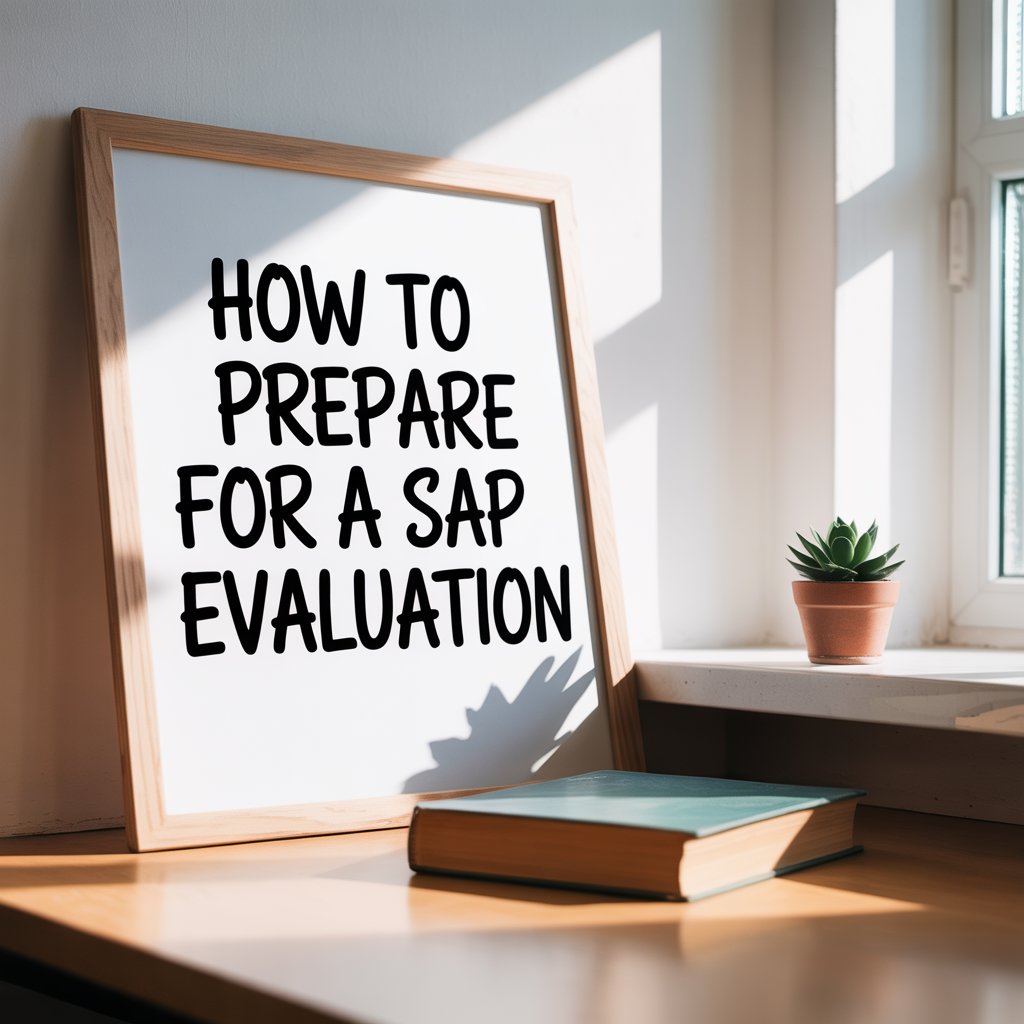Selective focus is one of the most powerful tools in photography and design. It’s the technique that allows you to draw attention to one subject while softening everything else. Whether you’re a product photographer, a marketer, or just someone looking to make your visuals stand out, knowing when and why to use selective focus can completely change the way people see your work.
One of the most common ways to achieve selective focus is by using a blur background effect. This isolates your subject, adds depth, and creates a professional, cinematic look. But there’s more to selective focus than just aesthetics—it’s a strategy that can guide emotions, direct attention, and strengthen your brand visuals.
Let’s explore when and why this technique works best, along with tips for using it effectively.
What is Selective Focus?
Selective focus is the intentional use of a narrow depth of field to keep one area of your image sharp while the rest gradually softens. This is often done with a wide aperture on a camera, but it can also be achieved with editing tools.
The result? A clear focal point that tells the viewer exactly where to look.
Why Use Selective Focus?
1. To Direct Attention
In a world of visual overload, selective focus acts as a spotlight. It ensures your audience focuses on the most important part of the image—whether it’s a product logo, a facial expression, or a specific detail.
2. To Add Depth and Dimension
Flat images can look uninteresting. Selective focus creates a sense of three-dimensional space, making visuals more dynamic and realistic.
3. To Create Mood
Soft, blurred backgrounds often create a dreamy, intimate, or cinematic mood. This can evoke emotion and make the image more memorable.
When to Use Selective Focus
Selective focus is versatile, but there are specific scenarios where it shines the most.
1. Product Photography
When shooting for eCommerce, you want your product to stand out without distractions. Selective focus keeps the product crisp and clear while softening everything else.
2. Portraits
In professional portraits, the subject’s face should be the hero of the image. A blurred background removes distractions and creates a clean, flattering look.
3. Food Photography
Food styling benefits greatly from selective focus. It keeps the key ingredients in sharp detail while gently fading the table or background elements.
4. Branding & Social Media
Social media posts need to grab attention instantly. A strong focal point paired with selective focus can make even simple shots look premium.
How to Achieve Selective Focus
In-Camera Technique
- Use a wide aperture (f/1.8–f/4) to create a shallow depth of field.
- Position your subject away from the background to increase the blur effect.
- Use a longer lens (like 50mm or 85mm) for natural compression and smoother background blur.
Post-Processing Technique
If you can’t achieve selective focus in-camera, editing tools can help:
- Adobe Express – Quick, user-friendly blur background tool.
- Photoshop – Advanced control over selective blur using masks.
- Canva – Fast for social media visuals.
Best Practices for Using Selective Focus
- Be intentional – Overusing selective focus can make your visuals look repetitive or staged.
- Keep your subject sharp – The subject should always be in clear, crisp focus for maximum impact.
- Match the mood – Use selective focus to complement the story or feeling you want to convey.
- Test across devices – Ensure your focal point still stands out on mobile screens.
When Not to Use Selective Focus
While it’s a powerful tool, selective focus isn’t always the right choice:
- Group shots – Blurring too much can leave some people out of focus.
- Instructional visuals – If every detail matters, a deep depth of field is better.
- Busy promotional designs – Sometimes you need everything sharp for clarity.
Final Thoughts: Selective Focus as a Storytelling Tool
Selective focus isn’t just about aesthetics—it’s about guiding your audience’s attention and emotions. Whether you’re shooting a product, a person, or a moment, this technique helps your subject stand out in a world full of distractions.
Use it strategically, pair it with consistent branding, and your visuals will not only look more professional—they’ll connect with your audience on a deeper level.




